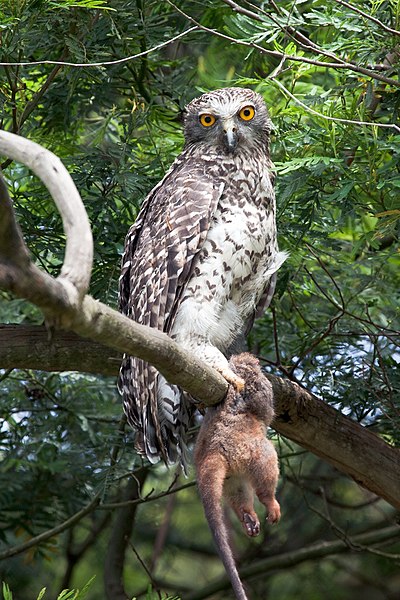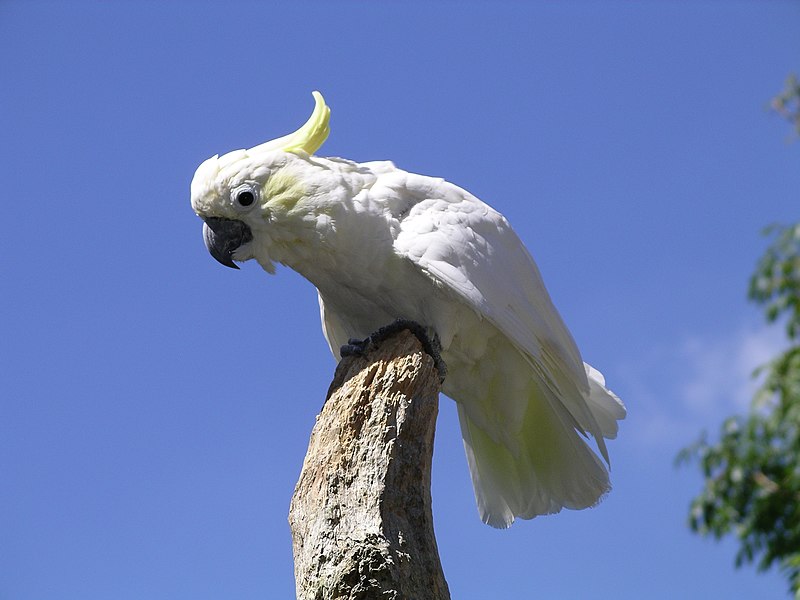Despite clear evidence that African Gray Parrots (Psittacus erithacus) are declining in the 23 countries to which they are native, conservation horror stories continue to mount. Recently, for example, 750 parrots died on board an airplane in South Africa, and the government of the Democratic Republic of Congo returned 500+ wild-caught birds to smugglers. So it was a pleasure to read that Uganda has recently taken a giant step forward in parrot conservation. For the first time ever, African Gray Parrots seized in Europe have been returned to the wild. The historic 3-year effort also illustrated an unprecedented degree of cooperation between governments, zoos, airlines and conservation organizations.
Can 32 Birds Make a Difference?
Conservationists estimate that at least ¼ of the adult population of wild African Gray Parrots are trapped each year. The return of 32 birds to the wild in Uganda may, therefore, seem to be insignificant. However, I believe that the operation’s value goes well beyond the number of birds that were rescued.
For too long, wildlife criminals have operated with near impunity once they managed to get parrots and other African wildlife out of the continent. Cooperation with unscrupulous officials in Africa and abroad, and the inability of under-funded law enforcement agencies to compete, have kept convictions low and penalties inconsequential. Uganda’s dogged determination to see justice done has recently broken new ground, and has hopefully set a standard for neighboring countries to follow. Read More »
 That Bird Blog – Bird Care and History for Pet Birds
That Bird Blog – Bird Care and History for Pet Birds




